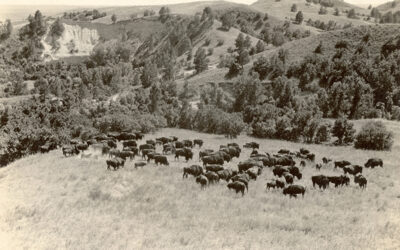Florence, Nebraska, has ceased to exist independently. By annexation it has become part of its larger neighbor, Omaha. Situated in northeastern Douglas County, Florence had the distinction of being the site of the first white settlement within that county. As early as January 1846 the Mormons fleeing across Iowa from Nauvoo, Illinois, crossed the Missouri River and began a settlement at the site of Florence, which they called their Winter Quarters.
Established under the direction of Brigham Young, it sheltered more than three thousand people during the winter of 1846-47. The Florence Mill, one of the earliest in Nebraska, was constructed at Winter Quarters. Supplying both flour and lumber, the water-powered mill enabled the Mormons to cope more readily with the adverse conditions encountered during their stay in Nebraska. In 1847-48 groups of Mormons began to leave this area for the Salt Lake Valley, and as a result, Winter Quarters and the mill were abandoned.
The town of Florence, established in 1854, was built upon the site of Winter Quarters. James C. Mitchell and Associates of the Florence Land Company established a thriving community. The Bank of Florence, built in 1856, was owned and operated by the respected Iowa financial firm of Cook and Sargent. It played an important role in the aspiration of the town of Florence to become the leading transportation and financial center of Nebraska. Frontier banking practices were lax, and along with other banks in Nebraska Territory, the Bank of Florence issued quantities of unsecured “wild cat” currency and financed speculation in land. Weakened by the financial panic of 1857 the bank failed in 1859. The bank building still stands and is now restored to its appearance in territorial times.



